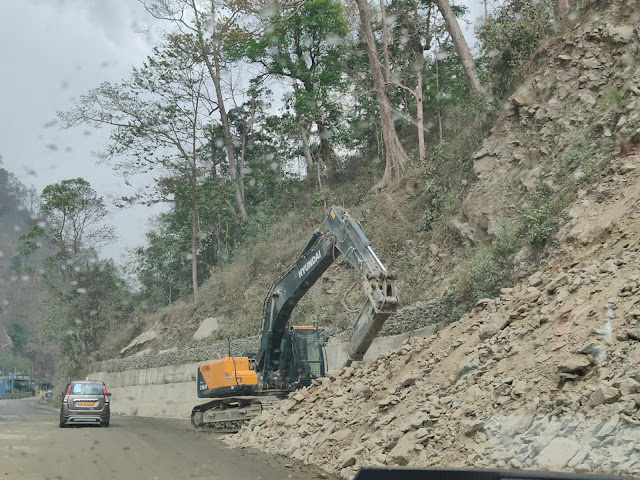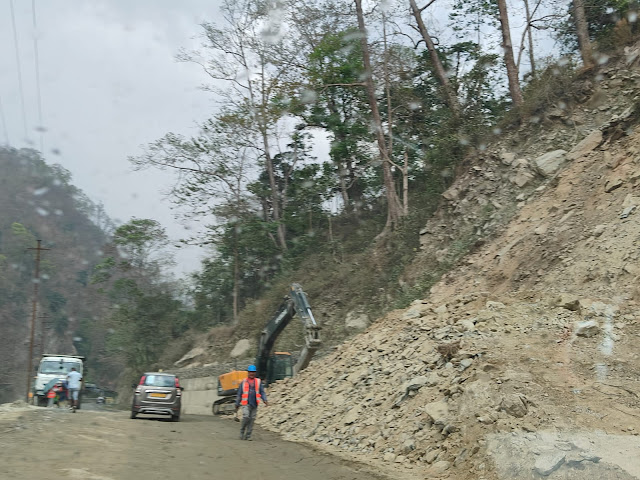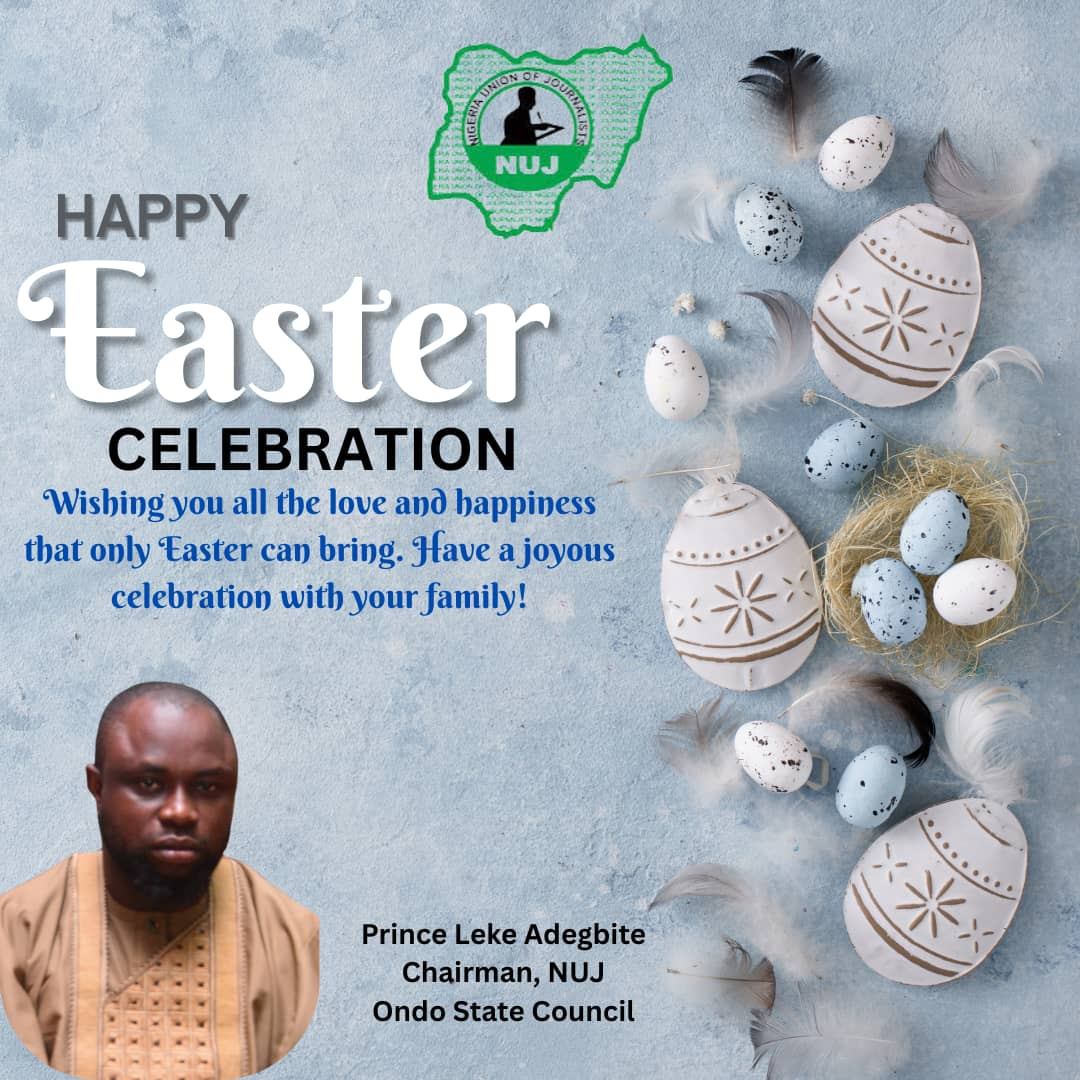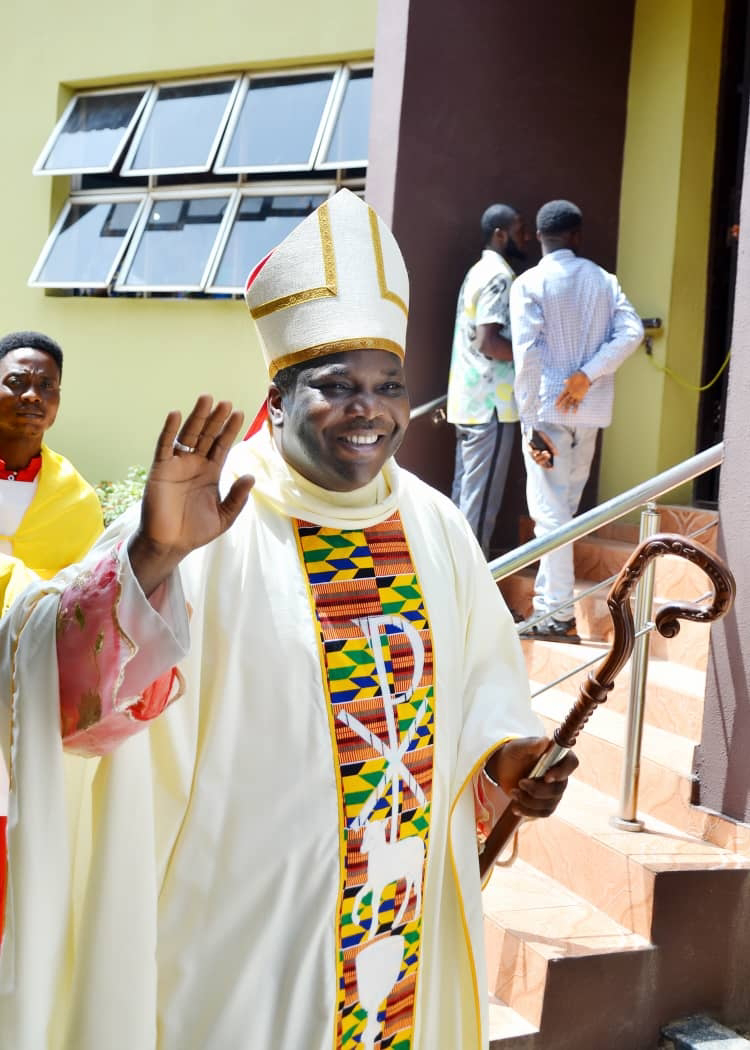EOI with Inputs from PTI, GANGTOK, APRIL 16, 2025 : The Sikkim government and UNESCO have joined hands to preserve the art of the traditional Lepcha cane bridge or ‘Ru-Soam’, officials said on Wednesday. The indigenous bridge-making tradition is still practiced by Lepcha communities in the Dzongu Tribal Reserve within the Khangchendzonga Biosphere Reserve in the northeastern state, they said.
During a meeting held at Tashiling Secretariat with Science and Technology Department officials here, UNESCO Regional Director Tim Curtis hailed the collaboration and offered support for technical documentation and heritage recognition in line with global standards for the Lepcha cane bridge art. Science and Technology Department Minister Pintso Namgyal Lepcha chaired the meeting, where experts, artisans, and community leaders came together to showcase ‘Ru-Soam’, crafted entirely from natural materials like wild cane and bamboo, the officials said.
The indigenous structure’s value has been further highlighted in recent times as a symbol of sustainable and disaster-resilient infrastructure, they said. Benno Boer, Chief of Natural Sciences, UNESCO, is likely to visit Sikkim in May to take the initiative forward. “This collaboration marks a powerful commitment to safeguarding Sikkim’s intangible heritage, and aligns with UNESCO’s goal of safeguarding intangible cultural heritage,” an official said.
Top officials, scientific experts, and community representatives participated in the meeting to lay the groundwork for future initiatives in environmental protection, innovation, and cultural preservation. The event was committed to a holistic and collaborative approach to meet the growing challenges of climate change, biodiversity, and sustainable development.
A highlight of the program was a virtual interaction with the UNESCO Representative from the New Delhi Regional Office, Tim Curtis. His participation brought valuable international insights, particularly on the importance of education, community involvement, and global partnerships in sustainable development. Members of the Sikkim Lepcha Association and other indigenous knowledge holders were present in the meeting. Their participation ensured that the dialogue was not only technically sound but also culturally rooted. These representatives highlighted the importance of traditional knowledge systems in guiding environmental and developmental strategies.
The meeting featured in-depth discussions on integrating scientific research into ecosystem management, encouraging innovation in green technologies, and safeguarding Sikkim’s rich cultural heritage.








